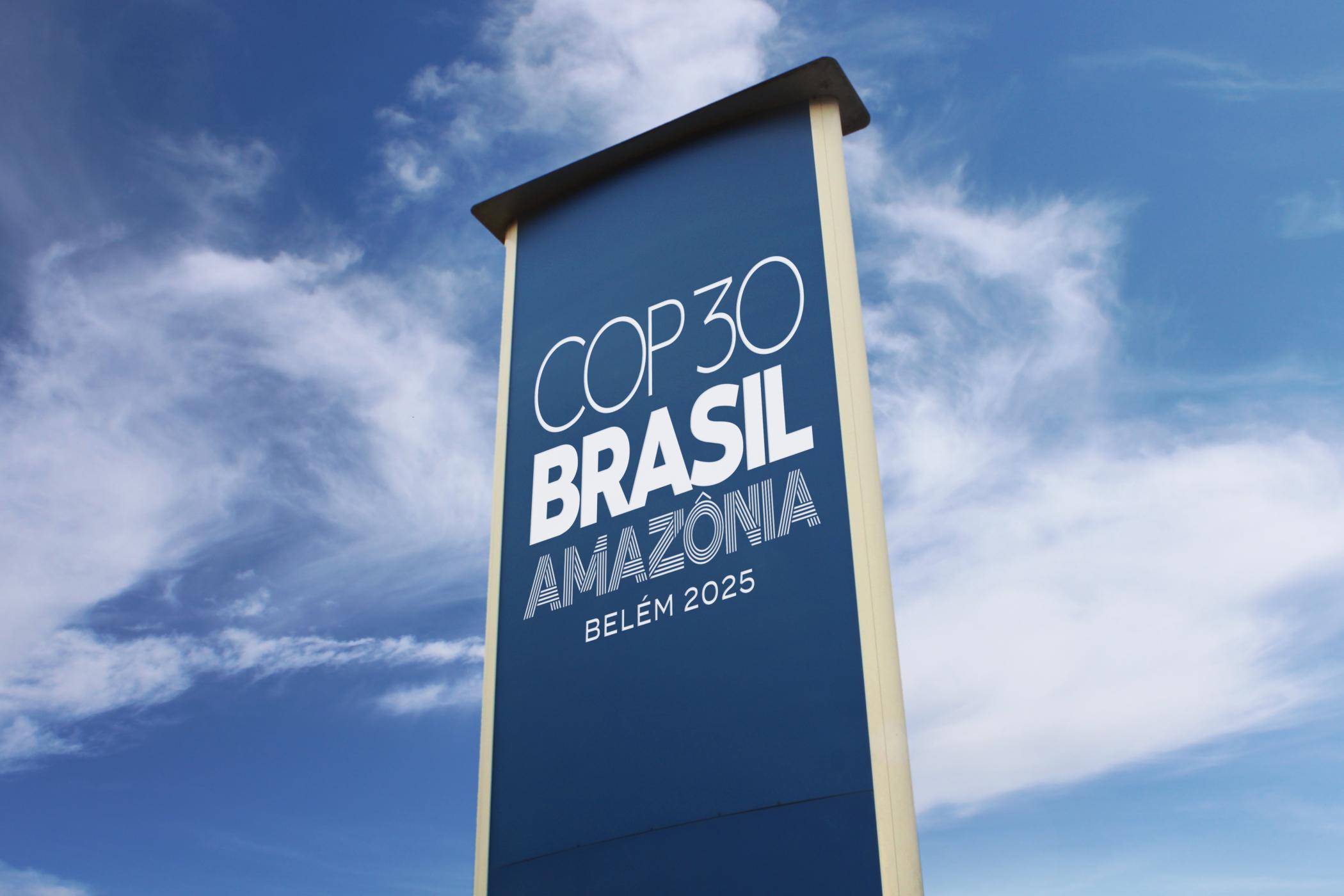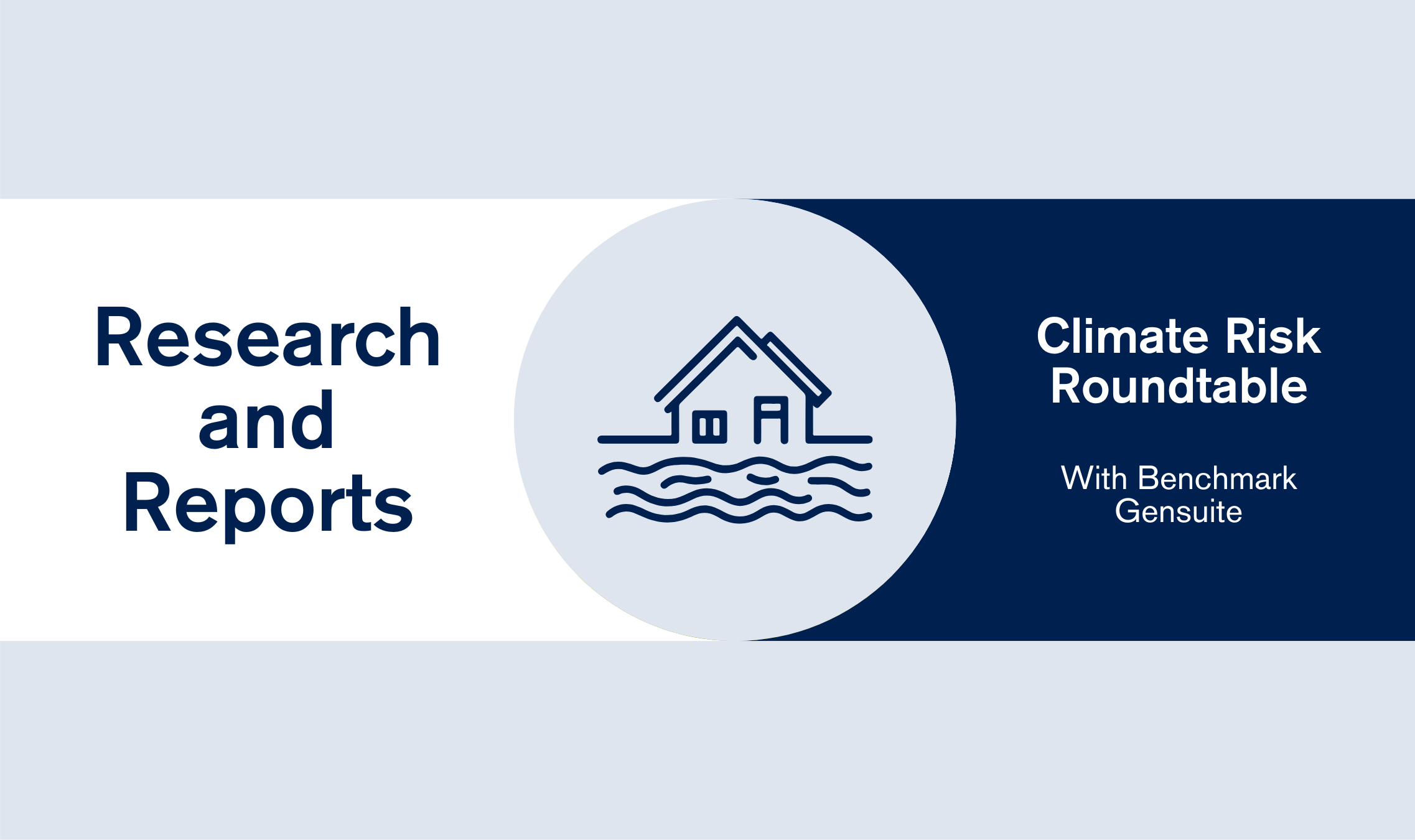This year’s New York Climate Week took place from 21-28 September – bringing together thousands of sustainability leaders, investors, and corporate decision-makers for what has become one of the most significant annual gatherings focused on climate action and nature-based solutions.
Running in partnership with the UN General Assembly, this year’s event reflected a notably different tone from previous years – one marked by commercial pragmatism, heightened focus on risk, and evolving conversations around data and transition planning.
Three members of the GIST Impact team attended a variety of events throughout the week. Let’s dive straight into what they observed!

What was your biggest takeaway from NYCW this year?
Sam King: The most significant shift I observed was toward a commercially robust mindset across sustainability teams. There’s now a big focus on ROI and the value of investments in nature or climate. Rather than sustainability being this aspirational, friendly topic, we’re seeing a major narrative shift toward resilience and business value, with questions like “what’s the actual return of this sustainability initiative?”
I think this helps sustainability teams as they’re speaking the language of the business and there’s plenty of opportunity(ies!) out there with positive ROI.
What stood out as the most consistent theme across conversations?
Thomas Moran: Over the last year there’s been a broad shift in focus from nature impacts to nature risk. I heard this through two lenses.
First, there are corporates who made strong sustainability or impact commitments and are now looking at risk through the lens of supply chain vulnerability. I had a conversation with the sustainability director at a high-end fashion retailer, where they’ve had ambitious sustainability commitments, but they’re now working to figure out the risk element.
Then there’s a second group: organisations that are just getting started with risk because impact was never a strong selling point internally, but risk is something they feel they need to understand.
What’s particularly interesting is the language shift, especially in the US context. At several roundtables, I heard people say very explicitly: “We’re not using the word ‘nature’ anymore when we talk to leadership. We frame everything in terms of operational or supply chain risks.” Nature or climate might be driving that physical risk, but the conversation in the C-suite and with board members is framed as simply risk to the business, which is smart because that’s ultimately what it is. Maybe deep in the appendix it’ll emerge that biodiversity or nature is the driver, but the framing and language has really shifted.

How was nature playing out against the political headwinds?
Thomas Moran: This was my fourth NYCW, and while flashy corporate sponsorship was definitely dialed back, nature was even more prominent than years past. I heard this broadly from people who were there for whatever purpose: nature is now much more side-by-side with climate in these discussions.
There’s growing awareness of broader nature topics as relevant to both impacts and, increasingly, financial materiality and business bottom lines. But as mentioned, it’s being largely framed through risk.
Sam King: From a corporate perspective, I found nature was sometimes absent because conversations focused on climate and decarbonisation, especially with upcoming reporting requirements like IFRS S1 and S2 rolling-out globally, as well as proven ROI returns from decarb levers that companies are pursuing with major focus. That being said, there were areas of thriving nature discussion and activities – and it didn’t seem to carry the same political baggage as climate does right now, which was refreshing.
Were there any new or revived focus areas cropping up?
Mahima Sukhdev: “Transition” was everywhere. Transition planning, transition delivery, transition finance. I noticed there’s less discussion about the “why” we need to transition and much more about “how are we going to deliver this?” From a corporate perspective, there was a focus on pinpointing the most material areas of impact and actioning either individually or collectively e.g. companies coming together to source commodities more sustainably. And on the investor side, attention has turned to forward-looking indicators that could signal evidence of transition: whether that was changes in CapEx investment, changes in input materials, or the emergence of new product lines and business models.
I also noticed more effort to bridge conversations between different ends of the spectrum of capital. I was on a panel where we were trying to connect up the metrics used by project finance with the corporate and portfolio-level metrics used by investors. With project finance, we’re often looking at data through a detailed decarbonisation or state-of-nature lens – both very on-the-ground. But, those in the corporate data space approach data at a much higher level. We even joked that we barely understood each other, even though we were talking about the same topics: climate and nature, just from different financing perspectives. But there was a genuine effort to build those bridges, and ensure data at a project level can aggregate cleanly into corporate and investor frameworks. That alignment will be critical if we want to track transition consistently across the economy.

Data is always a hot topic, how did it play out in reality?
Thomas Moran: I had a fascinating conversation with a sustainability director from an asset manager. They’re very advanced in their data work – they’ve done climate scenario risk analysis across their portfolio and gone quite deep. But they found the results implausible. Not because they were showing too much risk, but because they were underselling the risk and volatility that was already being seen in certain sectors. They felt some approaches to risk analysis had been too conservative, including those following widely used frameworks like NGFS (Network for Greening the Financial System).
More broadly, the repeated refrain I heard from corporates was: “The data is too complicated. It feels too hard to get started.” People want scientific credibility, but they don’t want complexity. As I heard it put: we can acknowledge that nature is complex – everyone knows that – but working with nature data doesn’t need to be complicated. Our job is to simplify as much as possible.
Nobody said, “I wish metrics were more sophisticated.” It was: “Just give me actionable information that I can get started with today.”
There were also several announcements about efforts to converge on unified metrics around nature, with expectations for more announcements at COP. There’s a real appetite for simplicity and alignment.
Sam King: I’d add a caveat that there’s a divergence between investors and corporates on the data question. Everything Thomas said about simplicity and alignment makes sense for investors. But corporates are bogged down making sense of reporting requirements while thinking about ROI on climate initiatives.
Sector by sector, corporates have primary goals for nature – for example preventing further deforestation for agriculture, reducing water consumption for apparel. The chief concern, alongside public reporting, is really getting accurate data across the supply chain – especially past Tier 1. There’s a big focus on solving this challenge through supplier engagement and using materiality analysis and estimation models to guide where and how to engage suppliers.

Having wrapped NYCW, what do you hope or expect to see play out at COP30?
Mahima Sukhdev: I’d expect we’ll see risk and transition playing out together. Companies need to move fast on transition, while also putting in place clear processes and practices to manage real climate and nature risks. There’s a growing recognition that we’re now already living through those “scenarios” in our climate and nature risk models. Companies operating in the global south in particular are feeling the effects: I spoke to a regional bank who said they are seeing the effects of climate risks in their loan books, from agricultural defaults linked to droughts, to infrastructure losses from extreme weather. These are the points that feel most urgent right now: managing transition and risk together, in real time.
If you’d like to chat more about risk, transition, or nature and biodiversity data, get in touch with a member of our team here.





